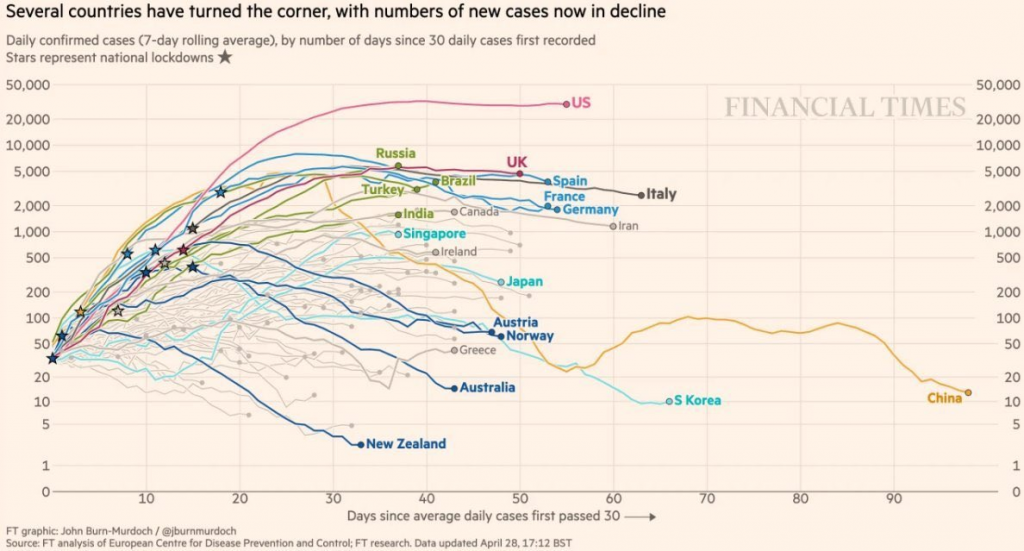From Ian Pace’s blog:

English Country Tunes is what I collected together in the summer of 1977, as impressions of what was going on. I didn’t live too far from Lewisham where there were riots , so all of that was noise going on while I was trying to write.
Interview between Ian Pace and Michael Finnissy on English Country Tunes, February 2009
The Battle of Lewisham, was the result of a clash between the racist National Front and the counter-protesters confronting them on Sat 13 Aug 1977 in Lewisham, south London. The real explanation is much more complex than this simple statement (and I am certain I don’t fully understand what happened) but: the moderate left was aghast, the authorities did what they legally could–while also being infiltrated by racists–and the fractured groups of the liberal left did what each thought they should to resist the racism. Extreme Left triggered more extreme Right and eventually skinheads and Nazis marched down main street. It’s a messy business and one that is far too relevant here in both sides America.
Ian Pace is the pianist, from what I’ve seen the pianist besides Finnissy himself, that interprets Michael Finnissy’s piano music. He recorded the many of his works including the 5+ hour The History of Photography in Sound. (Not to diminish the terrifyingly clean virtuosity of Lukas Huisman’s performances.)
In 1996 he gave a large-scale six-concert series of the complete piano works of Michael Finnissy, and in 2001 he premiered the same composer’s five-and-a-half-hour The History of Photography in Sound.
Pace’s Finnissy repertoire
I recently wrote a piece of music triggered by the pandemic we’re in. It’s 21st century weird to reference the plague we’re experiencing and to talk about how we’re responding to it. My Three Pieces for Orchestra was a diary entry into the record of our times and so, similarly, it follows in line with those who write of their times, and who write when those times are catastrophic. At emotional moments, we’re either at our most expressive best or at our petrified worst.
The Decameron has been an “oft referenced” piece these days that maybe I notice just because of my obsession back at the end of 2018: Florence is suffering because of the plague and nobles leave for the countryside to hide based on the 1300s version of Wealthy Social Distancing. Cf. the commentary I’d read recently (See For Cities, Does Density Mean Coronavirus Destiny? from On the Media) stating that densely populated cities are not, in fact, singularly breeding grounds for The Virus and south Georgia kinda supports that proposition. Boccaccio’s short author’s preface describing eye-witness accounts of the horror of Florence at the time is worth re-reading right now. It is really very garish and I cannot recommend it enough. The bodies left in the street and un-found in abandoned homes and the societal fear are us.
But there’s no denial of the plague in pre-enlightenment, 1300s Florence.
Trump country is suffering in a tragic support-your-oppressor way that is anachronistically Medieval. That our modern day can still produce those who freedom away the pandemic elicits both grief and humor (although isn’t that what humor is?). I find myself saying without guilt of arrogance that I feel sorry for their incredible ignorance. I suspect we’re all struggling with the moral dilemma of “let them all die of stupidity before they kills us” and “don’t be an amoral jackass”. A non-controversial statement: This country lacks critical thinking. But that’s always been the case. Of every country. Of every people.
Almost four years in, there are quality offerings of Trump/pandemic art. I guess I can consider it hopeful that we still have something to offer the future.
